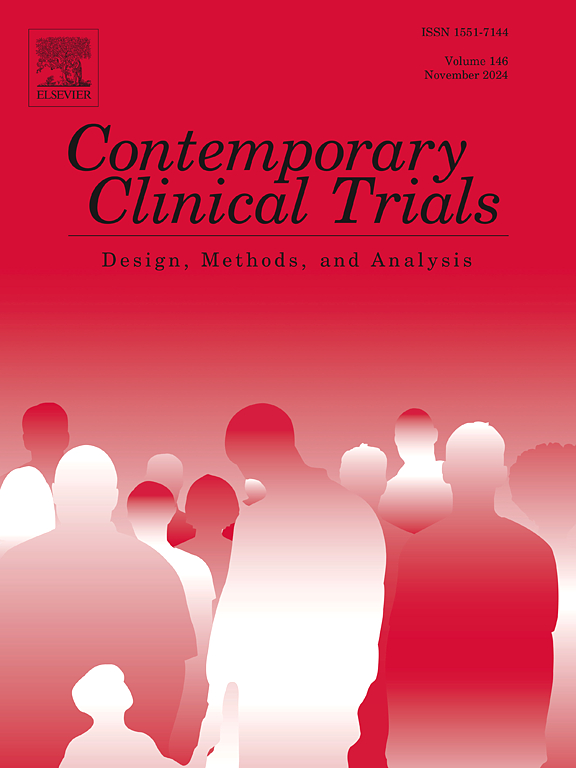具有剂量优化的自适应2/3期设计。
IF 1.9
3区 医学
Q3 MEDICINE, RESEARCH & EXPERIMENTAL
引用次数: 0
摘要
FDA的肿瘤药物开发项目Optimus强调选择既有效又安全的剂量。当采用具有剂量选择的自适应2/3期设计以遵从主动性时,通常采用传统的逆正态组合试验进行I型误差控制。然而,不加区分地应用这种过于保守的测试会导致样本量的大量增加和时间延迟,这破坏了自适应方法的吸引力。这反过来又使药物开发人员对擎天柱项目感到沮丧。I型误差的膨胀取决于基于剂量选择时有限的随访数据在研究结束时选择具有较好长期疗效结果的剂量的概率。在本文中,我们讨论了该概率的估计及其对实际设置中的I型误差控制的影响。将其明确地结合到我们提出的两种方法中,可以改进设计,潜在地激励药物开发人员更紧密地坚持一项有可能彻底改变肿瘤药物开发的倡议。本文章由计算机程序翻译,如有差异,请以英文原文为准。
Adaptive phase 2/3 design with dose optimization
FDA's Project Optimus initiative for oncology drug development emphasizes selecting a dose that optimizes both efficacy and safety. When an inferentially adaptive Phase 2/3 design with dose selection is implemented to comply with the initiative, the conventional inverse normal combination test is commonly used for Type I error control. However, indiscriminate application of this overly conservative test can lead to substantial increase in sample size and timeline delays, which undermines the appeal of the adaptive approach. This, in turn, frustrates drug developers regarding Project Optimus.
The inflation of Type I error depends on the probability of selecting a dose with better long-term efficacy outcome at end of the study based on limited follow-up data at dose selection. In this paper, we discuss the estimation of this probability and its impact on Type I error control in realistic settings. Incorporating it explicitly into the two methods we have proposed result in improved designs, potentially motivating drug developers to adhere more closely to an initiative that has the potential to revolutionize oncology drug development.
求助全文
通过发布文献求助,成功后即可免费获取论文全文。
去求助
来源期刊
CiteScore
3.70
自引率
4.50%
发文量
281
审稿时长
44 days
期刊介绍:
Contemporary Clinical Trials is an international peer reviewed journal that publishes manuscripts pertaining to all aspects of clinical trials, including, but not limited to, design, conduct, analysis, regulation and ethics. Manuscripts submitted should appeal to a readership drawn from disciplines including medicine, biostatistics, epidemiology, computer science, management science, behavioural science, pharmaceutical science, and bioethics. Full-length papers and short communications not exceeding 1,500 words, as well as systemic reviews of clinical trials and methodologies will be published. Perspectives/commentaries on current issues and the impact of clinical trials on the practice of medicine and health policy are also welcome.

 求助内容:
求助内容: 应助结果提醒方式:
应助结果提醒方式:


